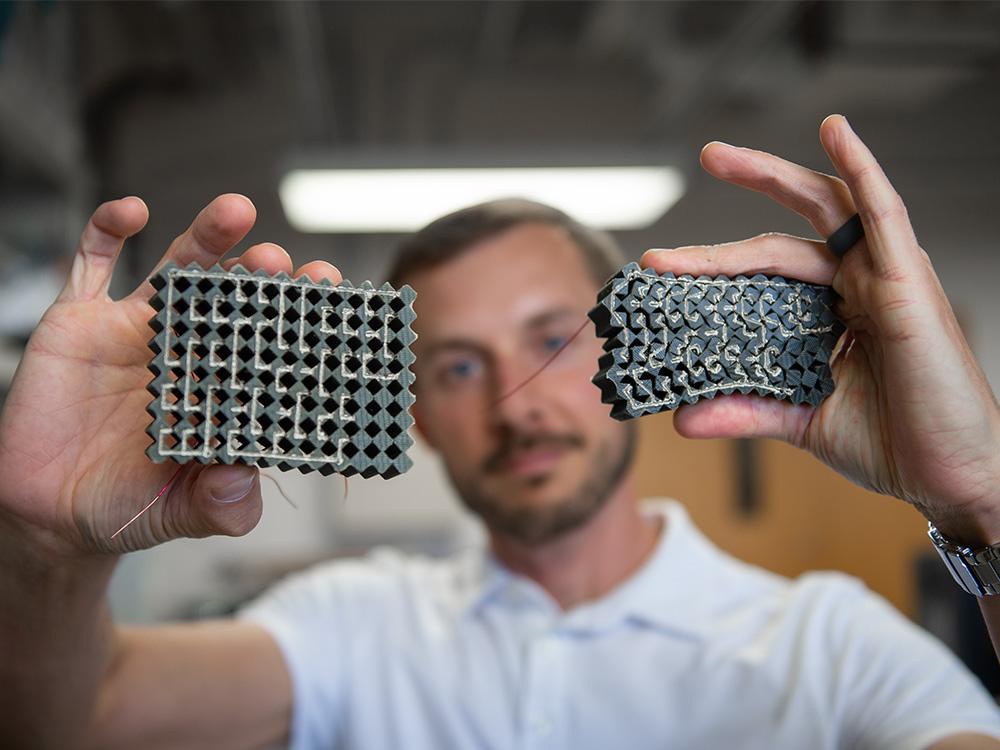In March, 2013, researchers working at the Stanford Institute for Materials and Energy Sciences (SIMES) announced an innovation in solar cell design and published a scientific paper on the breakthrough in Nature. According to Jared Schwede who works on the project: “today’s conventional solar cells capture the sun’s energy in a narrow band of frequencies, but the sun comes in a broader range and additional energy is not harvested but goes to waste as heat.” The new process called “photon-enhanced thermionic emission” or PETE ” puts all of this additional energy to use boosting the output voltage of a PETE device,” according to Schwede.
According to the announcement, PETE “has improved an innovative solar-energy device to be about 100 times more efficient than its previous design in converting the sun’s light and heat into electricity.”
The Breakthrough
Current photovoltaic technology becomes less efficient as the temperature rises while the new process becomes more efficient at higher temperatures. Also, most photovoltaic cells use silicon as semiconductor material to convert energy from photons to electricity but these cells can only be used for a portion of the light spectrum with the remainder generating heat. Heat from unused sunlight and inefficiencies in the cells account for more than 50 percent of energy loss. The new process combines the light and heat of solar radiation to generate electricity. The process could reduce the costs of solar energy enough to one day make it competitive with oil.
Chip Design
The improved chip design contains two semi conductor layers, one designed to absorb sunlight and create long-lived free electrons, and the other to emit electrons from the device so they can be collected as an electric current. Energy conversion efficiency of thermionic devices is achieved using topping cycles and a wide band gap semiconductor absorber. The device converts electrons from intense sunlight through photo absorption so that photons are emitted via thermal excitation into a vacuum.
“Concentrated sunlight heats up the devices semi conductor cathode to more than 400°C. Photo excited electrons stream out of the cathode’s nano textured underside down to the anode surface. Electrons are collected as direct electrical current. Solar and device heat is collected below the anode to run electricity generating steam turbines or Stirling engine.” (Standford, PETE)
The PETE Process
Improving Materials
A lot of research was done from the 1950s through the 1970s on thermion systems but didn’t go very far due to a lack of efficient electrode materials which led to poor performance and high fabrication cost. Recently materials have become available that are light, cheap, and have the required characteristics: low toxicity, large-scale availability, band gaps in the range of 1-2ev, good thermal stability (>600k), high photo emission efficiency, and low electron affinities. Researchers tested silicon, silicon carbide, gallium arsenide, doped diamond, and silken-geranium compounds. Nanostructures were made of these materials and tested.
Other new materials are on the drawing board as the chips must eventually withstand 500 degree Fahrenheit daily temperature swings at solar power plants as they heat up during the day and cool down at night.







